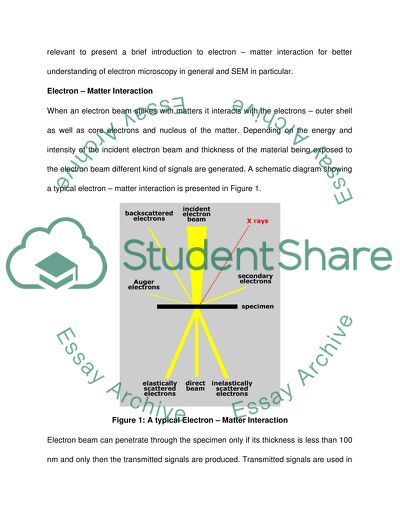Cite this document
(Procurement of a Suitable Scanning Electron Microscope Assignment - 2, n.d.)
Procurement of a Suitable Scanning Electron Microscope Assignment - 2. https://studentshare.org/technology/1405299-structural-analysis
Procurement of a Suitable Scanning Electron Microscope Assignment - 2. https://studentshare.org/technology/1405299-structural-analysis
(Procurement of a Suitable Scanning Electron Microscope Assignment - 2)
Procurement of a Suitable Scanning Electron Microscope Assignment - 2. https://studentshare.org/technology/1405299-structural-analysis.
Procurement of a Suitable Scanning Electron Microscope Assignment - 2. https://studentshare.org/technology/1405299-structural-analysis.
“Procurement of a Suitable Scanning Electron Microscope Assignment - 2”. https://studentshare.org/technology/1405299-structural-analysis.


